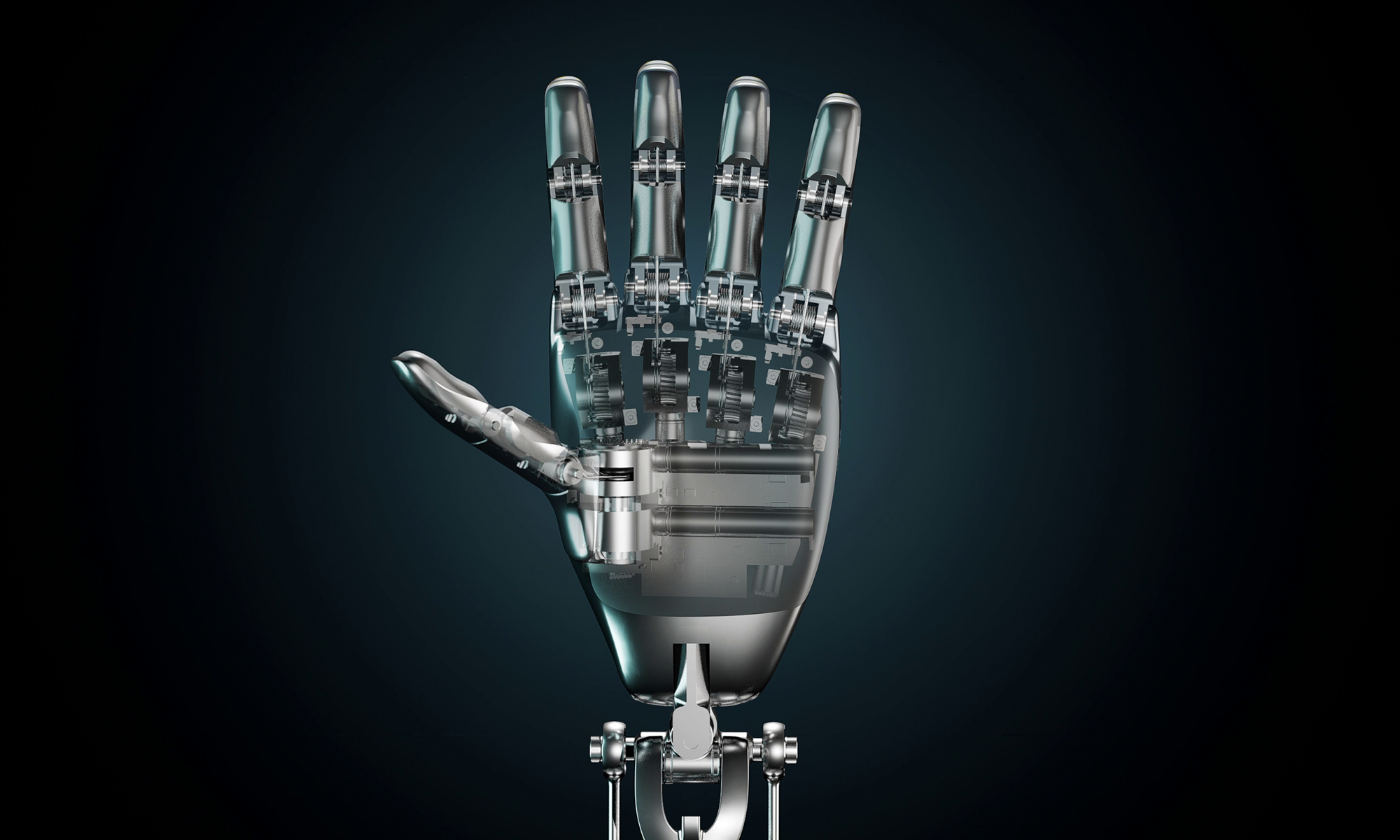This is the second of my articles debunking Daily Kanban's recent Tesla Motors (TSLA 0.15%) commentary written by Bertel Schmitt. In an article titled "Brokerage: Tesla could be sitting on 3,000 unsold cars," Schmitt highlighted Merrill Lynch analyst John Lovallo's concerns about Tesla's finished-goods inventory. But as I explained in my earlier article, a quick look at Tesla's 10Q shows why Tesla's volume of finished goods inventory actually makes plenty of sense.
Where else did Schmitt go wrong? The premise underlying his definition of "unsold cars" is false and misleading. As we found out in a follow-up article by Schmitt, he didn't quite understand how Tesla reports finished-goods inventory -- no wonder he thought Tesla could possibly have 3,000 unsold cars.

Model S in Hong Kong. The majority of Tesla's finished-goods inventory is made up of vehicles in transit to overseas locations. Image source: Tesla Motors.
A visit to the 10Q (part 2)
As Lovallo said in his note to investors on Tesla's inventory, the company likely had around 3,000 vehicles in finished-goods inventory headed into Q4. Tesla explained in its 10Q filing that the majority of these were in transit to overseas customers -- a sensible explanation. But according to Schmitt, vehicles on boats that are in transit to customers are not inventory at Tesla. Schmitt cited a quote from Musk during the company's most recent earnings call as his evidence.
"I think there's an assumption here that we try to fill up inventory. That doesn't make sense. We don't have inventory," Musk said.
Schmitt explained his reasoning further:
When commenters of countless blog posts attempted to explain the supposedly unsold cars, the generally accepted excuse was that the cars are "somewhere on a boat" while Tesla is "filling up the pipeline to Europe and China."
The commenters forget that in the Tesla process, there shouldn't be any inventory at all. A customer pays, and makes a deposit. Cars are made to order. Anything on a truck or a boat is supposed to be sold already.
Schmitt would have a great point -- if it were true. But unfortunately, his claim that vehicles on a boat are not inventory is flat-out wrong.
First of all, the quote from Musk should be viewed in its proper context. Musk was referring to the fact that the company isn't trying to build inventory at the point of sale. The question from UBS analyst Colin Langan that led to Musk's comment was regarding whether or not Tesla was "trying to build up inventory in Europe and in Asia" (emphasis mine), not about whether or not Tesla is trying to fill up its in-transit pipelines for built-to-order delivery.
Second, Tesla has always been very clear about what is recorded as inventory and what is recorded as a sale. It's simple: Tesla only records revenue when a vehicle is delivered, and a delivery is not recorded until it reaches the customer. In other words, finished-goods inventory on a boat is finished-goods inventory on a boat until it is delivered to the customer and can be recognized as revenue.

Right-hand-drive Model S. In addition to serving North America, Tesla is delivering the Model S to Asia and Europe and plans to soon begin delivering to customers in Australia. Overseas sales are growing as a percentage of Tesla's global auto sales even as Tesla continues to ramp up production every quarter. Image source: Tesla Motors
Of course, none of this is news to anyone following Tesla closely.
Therefore, when bloggers are explaining that Tesla is "filling up the pipeline to Europe and China" to explain inventory buildup, they are not making some false claim. This has been the storyline for Tesla ever since the company started expanding sales to Europe. And with China sales only having begun in April, the company needs even more inventory in transit to overseas.
Indeed, bloggers are right to emphasize Tesla's need to fill in-transit pipelines. Tesla management explained specifically in its second-quarter letter to shareholders that one of the main factors that could impact deliveries in a quarter is how many vehicles are needed "to fill the in-transit pipeline for future deliveries in each region."
So, despite Schmitt's claim that "there shouldn't be any inventory at all," a clear understanding of what Tesla counts as finished-goods inventory shows that it makes sense that Tesla has inventory. The in-transit pipelines for Europe and Asia need to be filled or else the company may fall short of its record guidance for around 11,200 vehicles in Q4 -- quarterly deliveries that are about 44% higher than in any quarter before.






